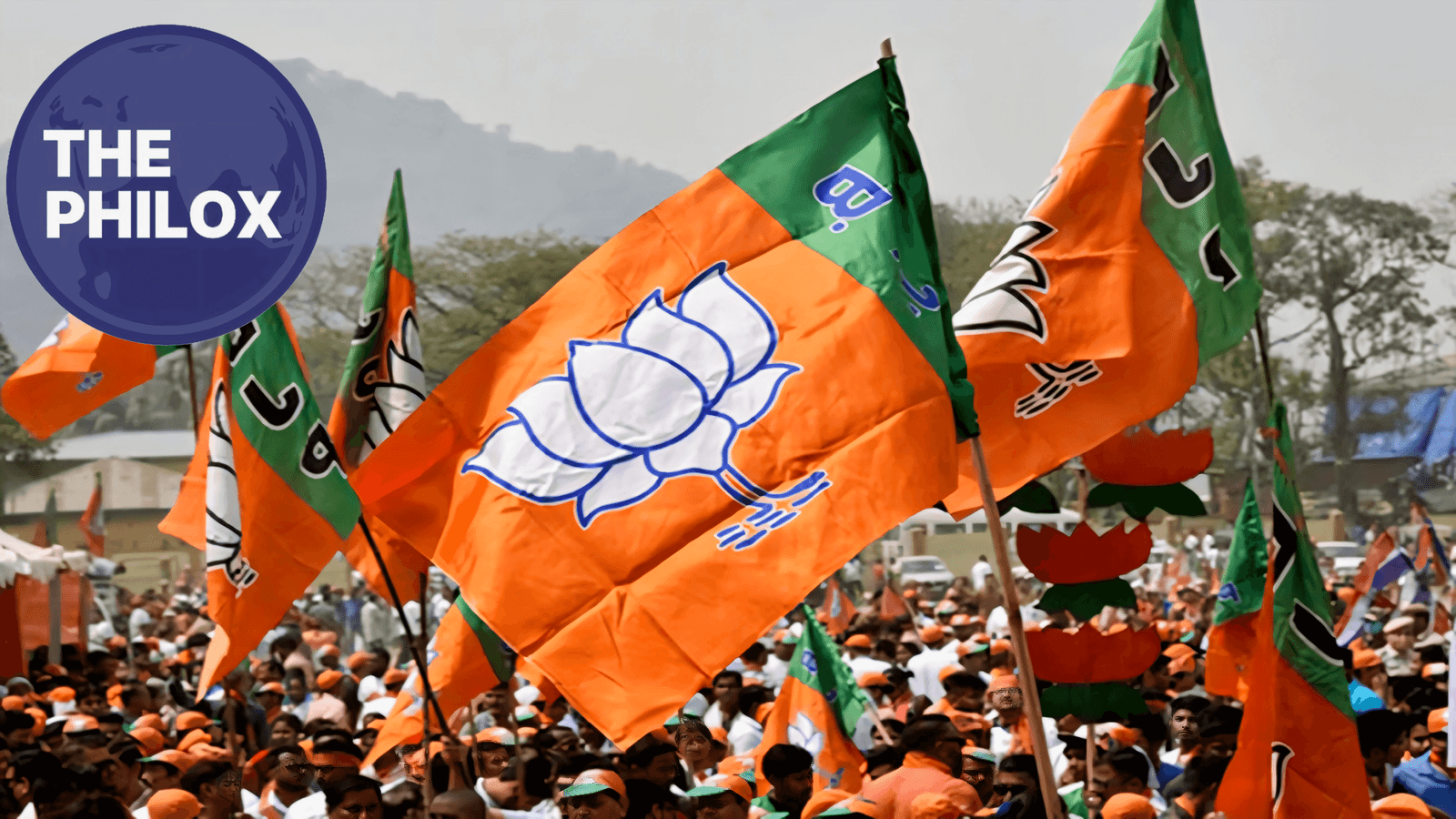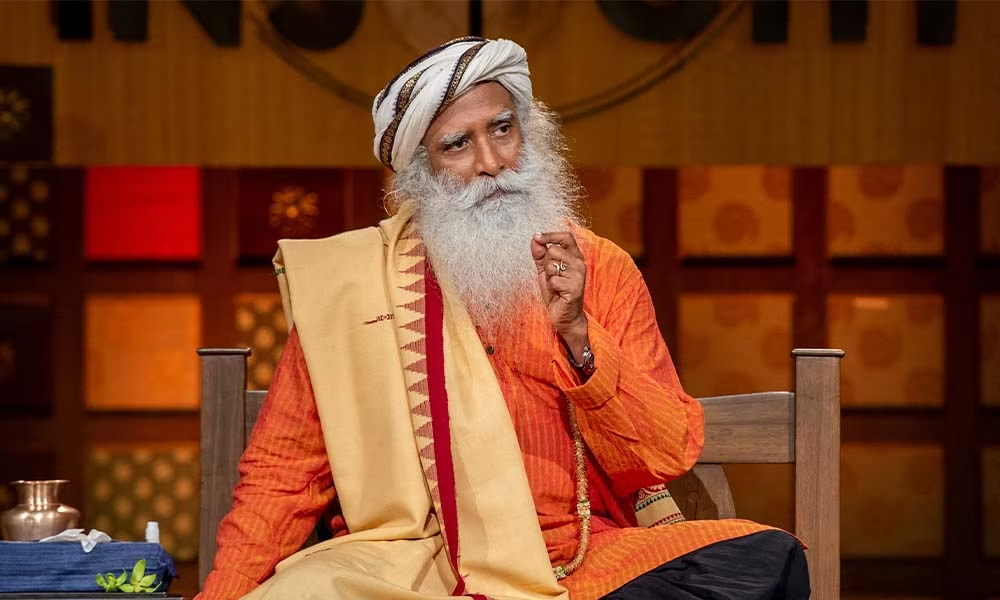Invoked under Article 356 of the Constitution, President’s Rule in India is a mechanism whereby the central government may take direct control of a state’s government when the state government is judged unable of running according to constitutional provisions.
This clause has been used historically as a political weapon as well as a constitutional need. But the current President’s Rule imposed on Manipur has generated discussion on its purpose and necessity.
Given the Bharatiya Janata Party’s (BJP) hegemony both at the state and national levels, this move seems more symbolic than revolutionary.
Since May 2023, Manipur has been in upheaval as ethnic warfare between the Meitei and Kuki populations causes extensive destruction. The law-and-order situation has gotten worse, causing notable death and displacement.
The issue descended out of hand despite claims of control made by the BJP-led state government, which caused the central government to declare President’s Rule.
Given Manipur’s already significant central importance, this action begs important issues, though: Is this imposition a sincere attempt to bring about order or rather a political tactic meant to stifle criticism?
Ethnic Conflict in Manipur: An Extended Crisis
Beginning of the Conflict
Long a flashpoint for ethnic strife, Manipur, a northeastern state with a complicated population mix, has Mostly the Meitei, Kuki, and Naga populations divide the state’s population.
While the Kuki and Naga people mostly live in the hill areas, the Meitei, who make up the majority in the Imphal Valley, have historically had political and economic impact.
Protests against the Manipur High Court’s recommendation to provide Scheduled Tribe (ST) status to the Meitei population set off the latest wave of bloodshed in May 2023.
Faced marginalization and loss of their traditional land rights, the Kuki people fiercely objected to the ruling. Over 250 deaths and the uprooting of almost 60,000 people followed from the rapidly growing demonstrations into general violence.
The state saw major fires, property damage, deliberate attacks, and severe disruptions of law and order.
Government’s Inadequacy in Restrain the Violence
Lead by Chief Minister N. Biren Singh, the Manipur state administration neglected to act preemptively despite early warnings and intelligence inputs of growing tensions.
Security personnel responded slowly, and claims of biassed behavior against specific populations emerged. Curfews and internet shutdowns were enforced as violence grew, but the steps did not stop more conflicts.
Opposition parties, civil society groups, and even parts of the ruling party criticized the government for failing to control the issue.
Chief Minister Biren Singh finally resigned under increasing pressure, resulting in central government imposition of President’s Rule.
But considering the BJP’s authority over central and state administrations, questions about the efficacy of this action emerged.
Should the government of the state already be heavily centralized, how would President’s Rule bring about any notable change?
Central Monitoring and Restricted State Autonomy
The Function of Central Leadership for BJP
Manipur’s governance was greatly shaped by the central leadership of the BJP even before President’s Rule was imposed.
The policies taken by the state administration sometimes matched the national goal of the BJP, therefore restricting its autonomy. Policy decisions involving the management of ethnic tensions clearly show this central control.
Effective government was expected to be ensured by the BJP’s “double-engine” governance model, which encourages the same party’s rule at both the state and central levels for greater coordination. Still, this paradigm did not provide stability in Manipur.
The inadequacy of this governance approach is seen in the protracted violence, lack of proactive measures, and postponed action.
Symbolic Instead of Practical Transformation
Given current central influence, the application of President’s Rule seems more like a symbolic gesture than a genuine attempt to enhance government.
Should the government of the state be already run under central leadership of the BJP, the direct control by the President does not always alter the ground realities.
Rather, it seems to be a political gesture meant to absolve the shortcomings of the BJP-led state government by moving blame elsewhere.
The Dissection of Law and Order Under BJP Rule
Examining the Double-Engine Governance Model in Issue
The BJP has often pushed the double-engine concept as the recipe for good government. The theory is that having the same party in charge at the state and central levels guarantees better coordination, speedier policy execution, and general administrative economy.
But in Manipur, this idea has coincided with a dramatic collapse of law and order.
The incapacity of the state administration to stop ethnic violence, the failure of law enforcement institutions to behave impartially, and the continuous instability expose the flaws in this governance structure.
Violence has continued despite curfews and internet bans, suggesting more fundamental problems still unresolved. Human Rights Violations and Civilian Distress
Human rights groups’ reports point to serious abuses including arbitrary detentions, damage of dwellings, and extrajudicial killings.
Still living in temporary relief camps, thousands of displaced people lack access to even basic utilities. The reaction of the central government has been mainly reactive rather than proactive, therefore aggravating the situation.
Political Responses and Historical Context
The Criticism of Opposition
Local officials and opposition groups have responded strongly against President’s Rule imposed in Manipur. Many see this action as an admission of the shortcomings of BJP government instead than a sincere attempt to bring stability back.
The Congress, Trinamool Congress, and other opposition parties have charged the BJP of utilizing constitutional clauses for political wrangling instead of attending to the actual issues raised by the impacted people.
Ancestral Leveraging President’s Rule as a Political Tool
Particularly in cases when they are run by opposition parties, President’s Rule has historically been a technique employed by central governments to impose control over states.
Although its execution in Manipur differs—the BJP was already in power—it nonetheless follows a central intervention with political overtones pattern.
Similar historical interventions including those in Kashmir, Punjab, and other northeastern states have sparked questions regarding the central government’s attitude toward federalism and state autonomy.
Ground Reality: No Visible Alteration
Ongoing Violence and Interventions
Manipur’s situation remains terrible even with President’s Rule formally imposed. Curfews still apply, violence still exists in certain areas, and internet closures never stop.
Direct influence of the central government has not resulted in better security or efficient dispute resolution.
Requirement for a Long-Term Fix
The current Manipur issue emphasizes how urgently a durable solution is needed. It is doubtful that President’s Rule will bring about long-lasting peace if it is imposed without considering the fundamental reasons of the strife.
Through inclusive government, policy changes, and dialogue, issues including ethnic tensions, land rights conflicts, and economic inequalities should be addressed.
Finally
President’s Rule imposed on Manipur by the BJP-led central government is more of a political ploy than a sincere attempt to bring about peace.
This action hardly alters the ground reality given the existing enormous central control over the state.
Originally meant to guarantee improved coordination, the double-engine governance approach has unfortunately coincided with one of the most serious legal and order breakdowns in recent memory.
The continuous turmoil in Manipur highlights the complexity of federalism in India and begs serious issues regarding the way the national government approaches internal strife.
Real involvement with impacted groups, resolving their concerns, and building an inclusive climate of trust and inclusiveness would be a more sustainable way than depending just on constitutional clauses as a surface fix.
Manipur can only expect for long-lasting peace by means of significant conversation and inclusive government.




